Did you know that more than 70% of adults in the United States are overweight or obese? It’s increasing in India as well and it’s a staggering statistic that highlights the prevalence of weight issues in our society weight loss diet. If you’re looking to shed those extra pounds and embark on a journey towards a healthier lifestyle, you’ve come to the right place. In this article, we will explore efficient weight loss diet tips and plans that can help you reach your fitness goals and improve your overall well-being.
Key Takeaways:
- Over 70% of adults in the United States are overweight or obese best diet for weight loss.
- This article provides efficient weight loss diet tips and plans to help you achieve your fitness goals healthy weight loss diet.
- Explore different diets, meal plans, and tips for effective weight loss effective weight loss diet, weight loss meal plan.
- Learn about the basics of a weight loss diet, the role of macronutrients, and the concept of calories in vs. calories out weight loss tips, rapid weight loss diet.
- Discover how to design your ideal weight loss meal plan by balancing protein, fats, and carbohydrates, and incorporating high-fiber foods natural weight loss diet, low-carb weight loss diet.
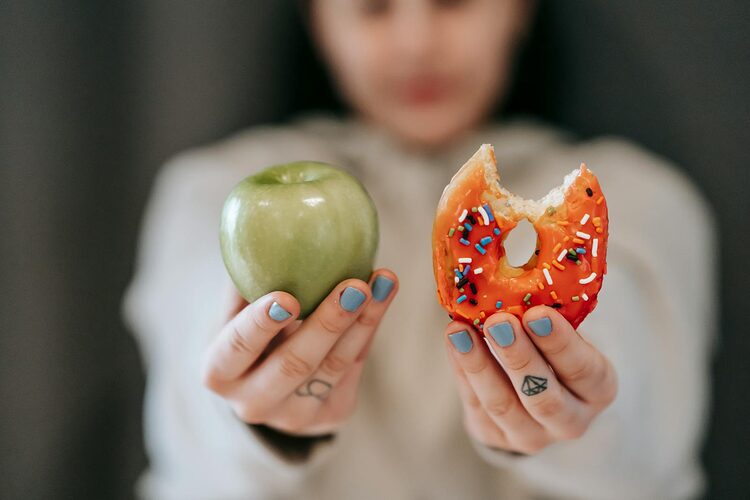
Understanding the Basics of a Weight Loss Diet
In order to embark on a successful weight loss journey, it is essential to understand the basics of a weight loss diet. By grasping key concepts such as macronutrients, calorie balance, and nutrient density, you can create a sustainable and effective plan for shedding those excess pounds.
The Role of Macronutrients in Fat Loss
Macronutrients, which include carbohydrates, proteins, and fats, play a crucial role in promoting fat loss. Each macronutrient serves a unique purpose in the body and contributes to overall weight loss when consumed in appropriate quantities.
Carbohydrates provide energy for physical activities and are an essential part of any weight loss diet. Opt for complex carbohydrates like whole grains, fruits, and vegetables, which are digested slowly and provide sustained energy without causing spikes in blood sugar levels.
Proteins are the building blocks of the body and help preserve and build lean muscle mass. They also have a high thermic effect, meaning that the body burns more calories while digesting protein. Including protein-rich foods such as lean meats, poultry, fish, eggs, and legumes in your diet can aid in fat loss and help you feel full and satisfied.
Fats are often misconceived as a dietary enemy, but they are actually crucial for overall health and weight loss. Healthy fats like those found in avocados, nuts, seeds, and olive oil can promote satiety, support brain function, and aid in nutrient absorption. When consumed in moderation, fats can help you feel more satisfied and reduce cravings for unhealthy foods.

Calories In vs. Calories Out: Simplifying Weight Loss
When it comes to weight loss, the concept of “calories in vs. calories out” is fundamental. Simply put, for weight loss to occur, you need to consume fewer calories than you burn. This creates an energy deficit that forces the body to tap into stored fat for fuel.
While the concept is simple, it is important to approach calorie reduction in a healthy and sustainable manner. Drastically cutting calories can lead to nutrient deficiencies, muscle loss, and a slow metabolism. Instead, aim for a moderate calorie deficit of 500 to 1000 calories per day, which can result in a steady weight loss of 1 to 2 pounds per week.
Nutrient-Dense Foods to Enhance Your Diet
Choosing nutrient-dense foods is vital for achieving long-term weight loss success. Nutrient-dense foods are those that provide a high amount of essential nutrients relative to their calorie content. These foods not only support overall health but also help to optimize your weight loss efforts.
Incorporate the following nutrient-dense foods into your weight loss diet:
- Leafy green vegetables like kale, spinach, and broccoli
- Colorful fruits rich in antioxidants, such as berries, citrus fruits, and apples
- Lean protein sources like chicken, turkey, tofu, and beans
- Healthy fats from sources like avocados, nuts, seeds, and olive oil
- Whole grains, such as quinoa, brown rice, and oats
These nutrient powerhouses not only provide essential vitamins and minerals but also help you feel satisfied and reduce cravings, making it easier to stick to your weight loss plan.
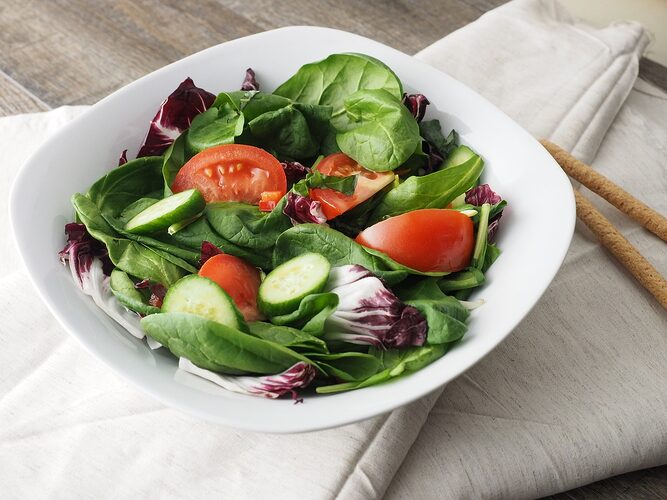
| Benefits of Nutrient-Dense Foods | Examples of Nutrient-Dense Foods |
|---|---|
| Support overall health | Leafy green vegetables, colorful fruits |
| Promote satiety | Lean proteins, healthy fats |
| Aid in weight loss | Whole grains |
Also Read: The Silent Symptoms of Heart Attack You Shouldn’t Ignore & Prevention Tips
Designing Your Ideal Weight Loss Meal Plan
In order to achieve your weight loss goals, it’s important to create a meal plan that is tailored to your individual needs and preferences. A well-designed weight loss meal plan will not only help you shed pounds but also provide the necessary nutrients to support your overall health and well-being. In this section, we will guide you on how to balance protein, fats, and carbohydrates in your diet and showcase the significance of incorporating high-fiber foods for satiety and digestive health.
Balancing Protein, Fats, and Carbohydrates
Achieving the right balance of protein, fats, and carbohydrates is crucial for an effective weight loss meal plan. Protein plays a key role in supporting muscle growth and repair while also increasing feelings of fullness and satiety. Good sources of protein include lean meats, fish, poultry, eggs, dairy products, and plant-based options like beans, lentils, and tofu.
Healthy fats, although often misunderstood, are an essential component of a well-rounded diet. They provide energy, aid in the absorption of fat-soluble vitamins, and support various bodily functions. Opt for sources of healthy fats such as avocados, nuts, seeds, olive oil, and fatty fish like salmon.
Carbohydrates are a primary source of energy for the body. However, it’s important to choose complex carbohydrates that are rich in fiber and nutrients rather than refined carbs. Whole grains, fruits, vegetables, and legumes are excellent sources of complex carbohydrates that provide sustained energy and promote satiety.
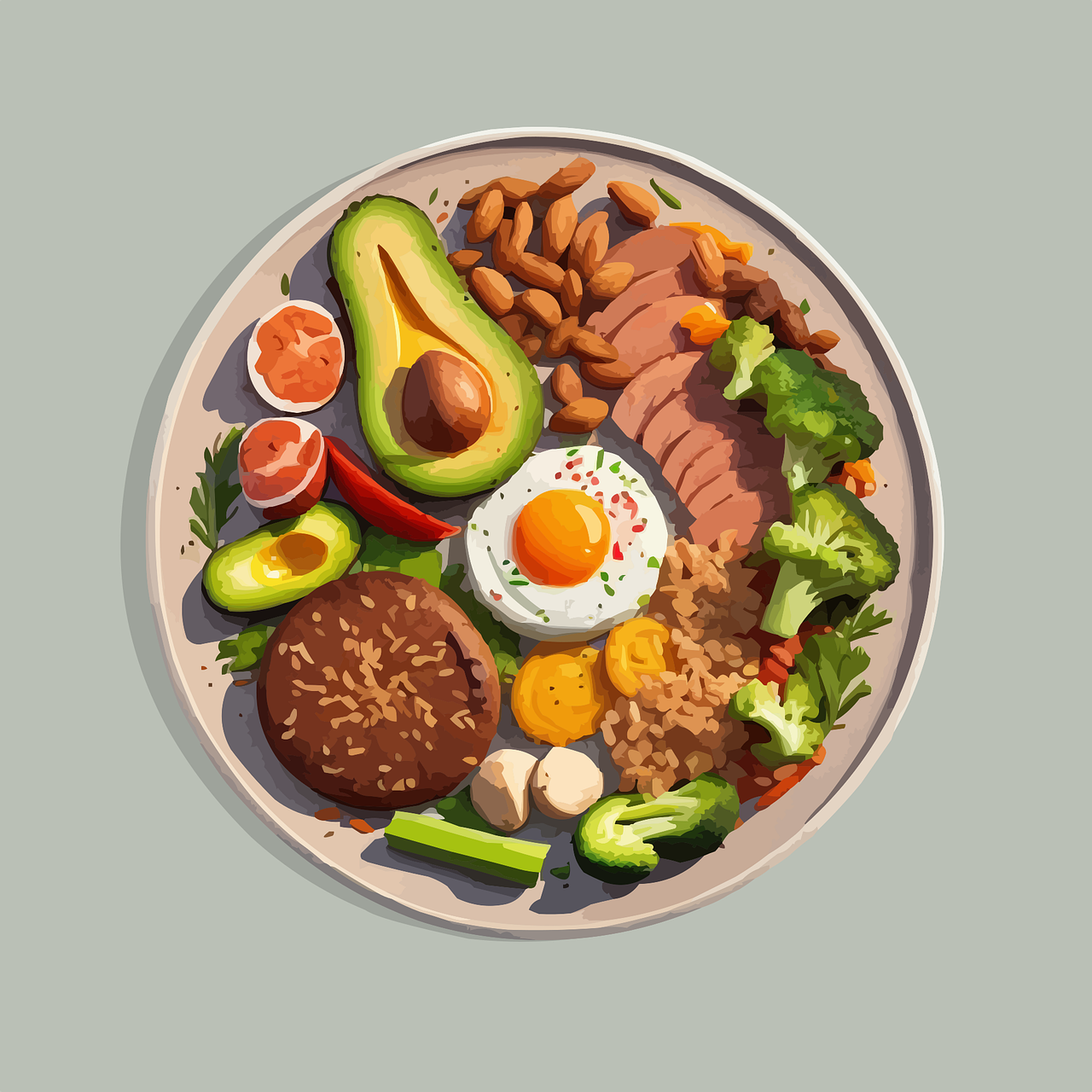
Incorporating High-Fiber Foods for Satiety and Digestive Health
High-fiber foods play a crucial role in a weight loss meal plan as they help to promote satiety and improve digestive health. Fiber-rich foods take longer to digest, keeping you feeling fuller for longer. Additionally, they help regulate blood sugar levels and support healthy gut bacteria.
Include a variety of high-fiber foods in your weight loss meal plan, such as:
- Whole grains: oatmeal, quinoa, brown rice
- Fruits: berries, apples, pears, oranges
- Vegetables: leafy greens, broccoli, Brussels sprouts
- Legumes: lentils, chickpeas, black beans
- Nuts and seeds: almonds, chia seeds, flaxseeds
By incorporating these high-fiber foods into your meals, you can enhance feelings of fullness, support healthy digestion, and improve overall weight loss success.
| Fiber-Rich Food | Fiber Content (per serving) |
|---|---|
| Oatmeal | 4 grams |
| Raspberries (1 cup) | 8 grams |
| Broccoli (1 cup) | 5 grams |
| Lentils (1 cup) | 16 grams |
| Almonds (1 ounce) | 3.5 grams |
Also Read: Curing Diabetes: Tips for Better Health Control through Naturopathy and Ayurveda
Strategic Eating Habits for Sustainable Weight Management
In order to achieve sustainable weight management, it is important to develop strategic eating habits that support long-term success.
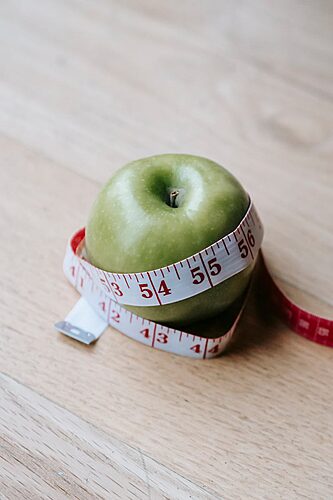
Mindful Eating: Slowing Down and Enjoying Meals
One of the key strategies for sustainable weight management is practicing mindful eating. Mindful eating involves being fully present and aware of the eating experience, slowing down, and savoring each bite. By paying attention to hunger cues and enjoying the flavors and textures of food, you can develop a healthier relationship with food and prevent overeating.
Here are some tips for practicing mindful eating:
- Eat slowly: Take the time to chew your food thoroughly and savor each bite. This allows for better digestion and gives your brain time to register fullness.
- Focus on your meal: Minimize distractions such as phones, tablets, or the television. Instead, pay attention to the smells, tastes, and textures of your food.
- Listen to your body: Tune into your body’s hunger and fullness signals. Eat when you are hungry and stop when you feel satisfied, not overly full.
- Avoid emotional eating: Seek other ways to cope with emotions instead of using food as a source of comfort.
Hydration and Its Impact on Weight Control
Proper hydration plays a crucial role in weight control. Drinking enough water can help curb appetite, boost metabolism, and enhance overall satiety. Additionally, staying adequately hydrated supports optimal bodily functions, including digestion and nutrient absorption.
Here are some tips for staying hydrated:

- Drink water throughout the day: Make it a habit to sip water regularly, aiming for at least 8 glasses (64 ounces) per day.
- Monitor urine color: Your urine should be light yellow or clear, indicating proper hydration. Darker urine may be a sign of dehydration.
- Include hydrating foods: Foods with high water content, such as fruits and vegetables, can contribute to your overall hydration.
- Limit sugary beverages: Opt for water as your primary source of hydration and limit sugary drinks, which can add unnecessary calories.
| Eating Habit | Benefits |
|---|---|
| Mindful Eating | – Helps prevent overeating – Improves digestion – Enhances enjoyment of meals |
| Hydration | – Curbs appetite – Boosts metabolism – Supports proper bodily functions |
Weight Loss Diet: Tailoring Nutritional Intake for Rapid Results
When it comes to achieving rapid weight loss results, tailoring your nutritional intake is key. By making strategic choices in portion sizes and incorporating healthy fats and lean proteins into your diet, you can maximize the effectiveness of your weight loss efforts.

Deciphering Portion Sizes Without Counting Calories
Counting calories can be time-consuming and tedious. Fortunately, there are alternative methods to decipher portion sizes without becoming a slave to counting every calorie. One effective approach is to use visual cues, such as measuring portions with your hand:
- A serving of protein should be about the size of your palm.
- A portion of carbohydrates should fit within your cupped hand.
- A serving of vegetables should be about the size of your fist.
By following these general guidelines, you can easily estimate portion sizes without the need for meticulous calorie counting. Remember to listen to your body’s hunger and fullness cues to guide your eating habits.
Optimizing Your Diet with Healthy Fats and Lean Proteins
When it comes to weight loss, it’s important to prioritize the consumption of healthy fats and lean proteins. Healthy fats, such as avocados, nuts, and olive oil, provide satiety and nourishment, helping you stay satisfied for longer periods. Lean proteins, such as chicken, fish, and tofu, support muscle growth and repair while keeping you feeling full.
Here are some tips for optimizing your diet with healthy fats and lean proteins:
- Incorporate a variety of nuts, seeds, and avocados into your meals and snacks.
- Choose lean sources of protein, such as skinless chicken breast and fish.
- Try plant-based protein options, like tofu, tempeh, or legumes, to diversify your protein sources.
- Consider using healthy fats, like olive oil or avocado oil, for cooking and salad dressings.
By focusing on these nutrient-dense foods, you can optimize your weight loss diet and support your body’s overall health and well-being.

| Healthy Fats | Lean Proteins |
|---|---|
| Avocado | Chicken breast |
| Nuts (almonds, walnuts) | Fish (salmon, tuna) |
| Seeds (chia, flax) | Tofu |
| Extra virgin olive oil | Egg whites |
Also Read: Hair Loss: Causes and Solutions – The Ultimate Guide
Conclusion
As we come to the end of our exploration on efficient weight loss diets, it is clear that adopting a tailored meal plan is crucial for achieving your fitness goals. By following a well-rounded weight loss diet, you can experience positive changes in your body and overall well-being.
Throughout this article, we have discussed the basics of a weight loss diet, the role of macronutrients, the importance of calorie balance, and the benefits of nutrient-dense foods. We have also provided guidance on designing a meal plan that incorporates the right balance of protein, fats, carbohydrates, and high-fiber foods.
Furthermore, we have highlighted strategic eating habits such as mindful eating and the impact of hydration on weight control. These habits ensure sustainable weight management and help you develop a healthy relationship with food.
To achieve rapid weight loss results, we have shared tips on deciphering portion sizes without counting calories and optimizing your diet with healthy fats and lean proteins.
In conclusion, by embracing an efficient weight loss diet, you are taking a significant step towards a healthier lifestyle. Remember, consistency is key, and with dedication and perseverance, you can achieve your desired weight loss goals. So, start incorporating these valuable insights into your own weight loss journey for long-term success.










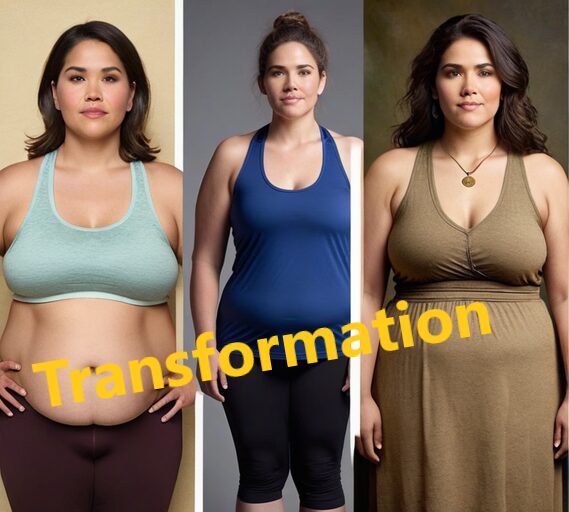
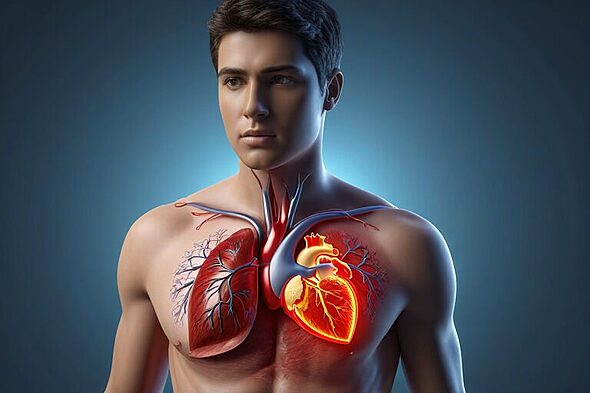
I just could not depart your website before suggesting that I actually enjoyed the standard information an individual provide to your visitors? Is gonna be back frequently to investigate cross-check new posts.